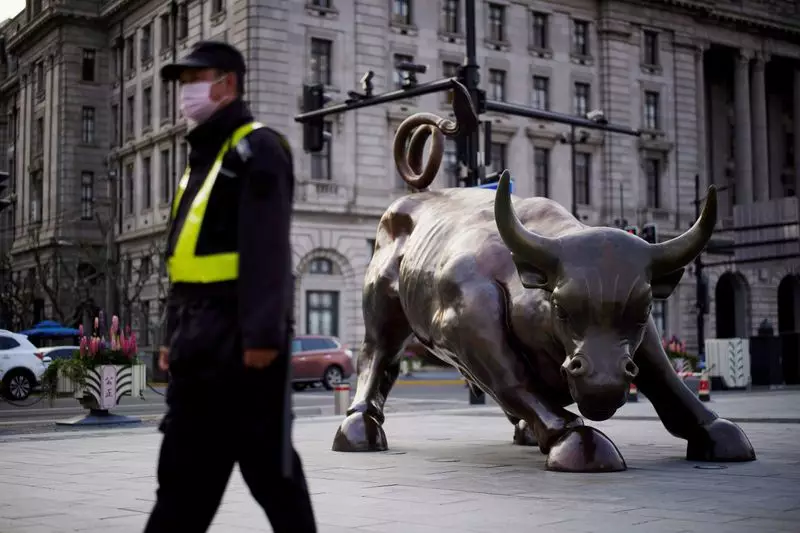China has recently introduced a set of market value management reforms aiming to rebuild investor confidence and stimulate a wave of long-term investments. The Chinese government recognizes the critical role of robust corporate governance, enhanced information disclosure, and improved shareholder returns, particularly among state-owned enterprises (SOEs). UBS analysts have carefully assessed these reforms, noting their potential to transform the current landscape of investment in China.
The reforms, released by the China Securities Regulatory Commission (CSRC) in November, primarily seek to revitalize the A-share market by pushing companies towards adopting practices that promote greater financial transparency and shareholder value. By urging firms to increase dividend distributions and engage in stock buybacks, these measures are designed to attract “patient capital.” Such a shift is expected to enhance the overall investment ecosystem in China, making it more appealing to both domestic and international investors looking for sustainable returns.
To complement these regulatory changes, the People’s Bank of China (PBOC) is playing a pivotal role by utilizing structural monetary tools. This includes the establishment of special re-lending facilities aimed at promoting activities like share buybacks and equity stakes enhancements. These initiatives signal the government’s commitment to fortifying the investor landscape and reinforcing market dynamics that favor long-term growth.
A significant indicator of the potential efficacy of these reforms can be seen in the anticipated rise in dividend payouts. UBS analysts have reported a remarkable 7% year-over-year increase in dividends among A-share companies, forecasting the issuance of over RMB 100 billion by early 2025. This is particularly noteworthy when juxtaposed with last year’s mere RMB 800 million in distributions during the same timeframe. Such a dramatic uptick is expected to resonate positively with investors, strengthening their confidence in the Chinese market.
The SOEs, which historically suffer from lower market valuations compared to their non-state counterparts, are poised to reap the most significant rewards from these reforms. By adopting the new frameworks, these enterprises can enhance their market positioning and reputational standing. Analysts suggest that those SOEs that actively participate in the reforms—through higher dividend offerings and robust stock buyback programs—are likely to experience superior stock performance, thereby benefiting both the companies themselves and their shareholders.
China’s newly introduced market value management reforms represent a watershed moment for investors and companies alike within the A-share market. With improved corporate governance and financial transparency as their cornerstone, along with the PBOC’s supportive monetary policies, these reforms are set to instill a renewed sense of investor optimism. As the reforms continue to take root, the emphasis on long-term financial returns will likely alter the investment landscape, fostering a more sustainable economic environment in China. The forthcoming months and years will be crucial as stakeholders navigate this evolving market and seek to capitalize on the advantages presented by these significant changes.

